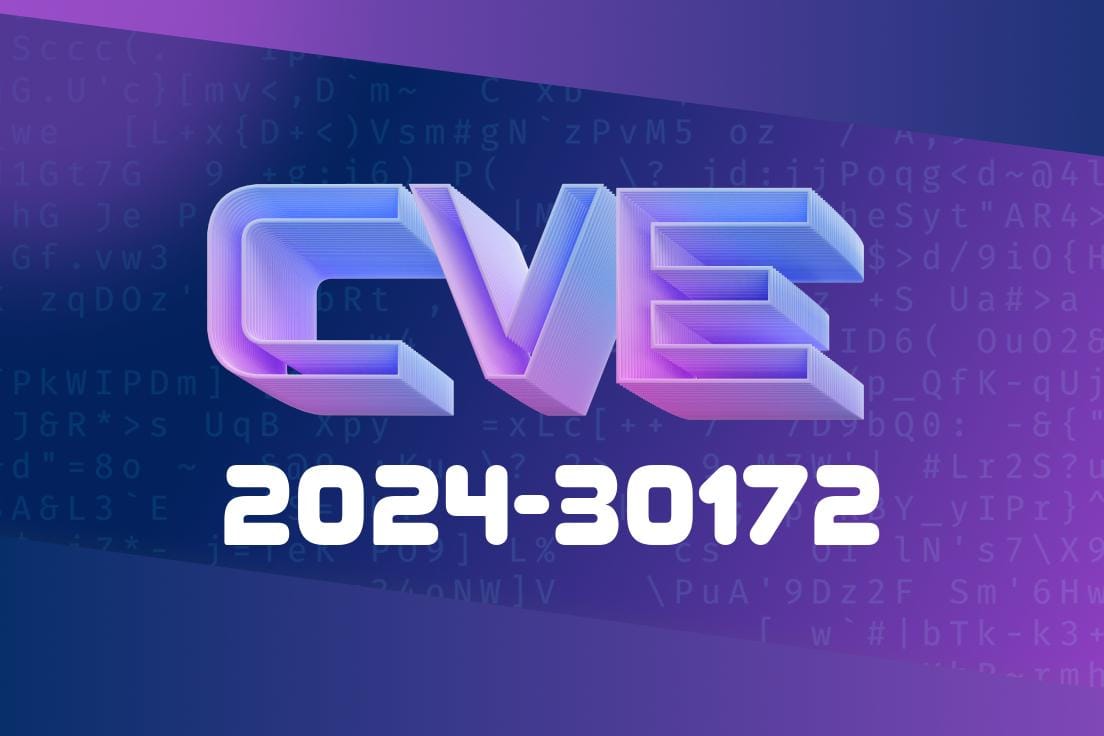Recently, a critical issue was uncovered, which carries the Common Vulnerability and Exposure identifier CVE-2024-30172, impacting the Bouncy Castle Java Cryptography APIs up to version 1.78. This security vulnerability has been uncovered in the Ed25519 signature verification code, and can potentially lead to an infinite loop in the code execution via a carefully crafted signature and public key. In this post, we will take a deep dive into the vulnerability to understand the root cause and discuss its potential impact on applications using the affected Bouncy Castle library version. We will also provide code snippets and links to original references related to this issue.
Background
Bouncy Castle is a widely popular Java library that provides a comprehensive range of cryptographic tools and techniques for encryption, decryption, and various other security applications. However, like any other software, vulnerabilities can be discovered over time, and the affected components need to be updated to ensure robust cyber-security.
The Ed25519 algorithm is a high-performance, secure digital signature scheme that has gained popularity for its ability to deliver strong security guarantees with fast and efficient performance. It is based on Elliptic Curve Cryptography (ECC) and constitutes part of the Bouncy Castle Java Cryptography APIs.
The Vulnerability: An Infinite Loop in Ed25519 Verification Code
The CVE-2024-30172 vulnerability originates from the implementation of the Ed25519 signature and public key verification code. A malicious attacker can create a crafted signature and public key pair, which, upon being passed to the verification function, can result in an infinite loop in the code execution. This infinite loop essentially means that the code will continue running indefinitely, thus exhausting the system resources where the Bouncy Castle library is being used.
To understand this further, let's see a code snippet from the Bouncy Castle library demonstrating the signature verification process using a potentially vulnerable public key:
import org.bouncycastle.math.ec.rfc8032.Ed25519;
import org.bouncycastle.util.Arrays;
import java.security.SecureRandom;
public class Ed25519SignatureVerification {
public static void main(String[] args) {
SecureRandom random = new SecureRandom();
byte[] privateKey = new byte[32];
random.nextBytes(privateKey);
byte[] publicKey = new byte[32];
Ed25519.generatePublicKey(privateKey, , publicKey, );
byte[] message = "Hello, world!".getBytes();
byte[] signature = new byte[64];
Ed25519.sign(privateKey, publicKey, message, signature);
boolean isValidSignature = Ed25519.verify(signature, publicKey, message);
System.out.println("Is valid signature: " + isValidSignature);
}
}
In this example, we can see how a message is signed using the privateKey and publicKey, and later the signature is verified using the Ed25519.verify() function. When a crafted signature and public key are provided, this verification function can enter into an infinite loop.
Potential Impact
It is essential to understand that this vulnerability can be a severe threat, especially in critical security applications where the Bouncy Castle library is relied upon to maintain robust security and protect sensitive information.
A scenario can be imagined where an attacker can potentially exploit this vulnerability in a Denial of Service (DoS) attack, leading to a significant impact on the application consuming the Bouncy Castle library.
Original references and research about this vulnerability can be found at the following links
1. CVE-2024-30172
2. Bouncy Castle official website
3. Bouncy Castle API documentation
4. National Vulnerability Database (NVD) entry
Remedy and Conclusion
The Bouncy Castle team has already patched the vulnerability, and it is highly recommended that affected versions be updated to the latest Bouncy Castle version (1.79 or later) to safeguard against malicious exploits. In conclusion, it is crucial to keep your libraries and dependencies up to date and ensure regular security audits in your applications to minimize the risk of vulnerabilities and cyber-threats. Preventing this vulnerability is crucial to preventing potentially severe consequences for your application and preserving its security and stability.
Timeline
Published on: 05/14/2024 15:21:53 UTC
Last modified on: 11/05/2024 18:35:06 UTC
